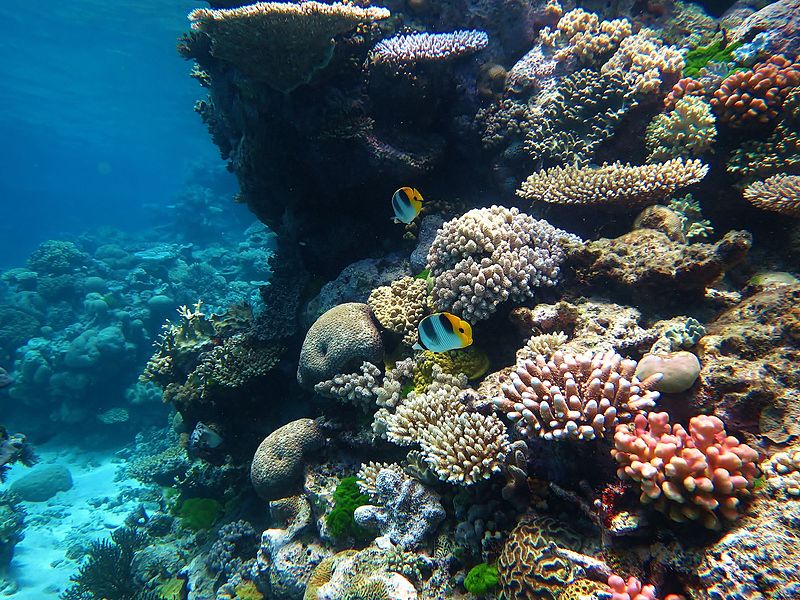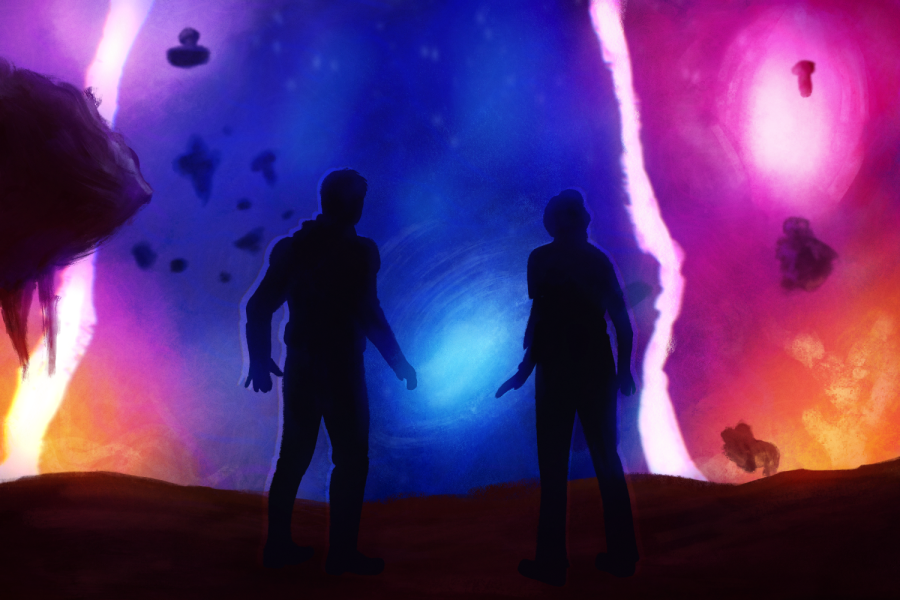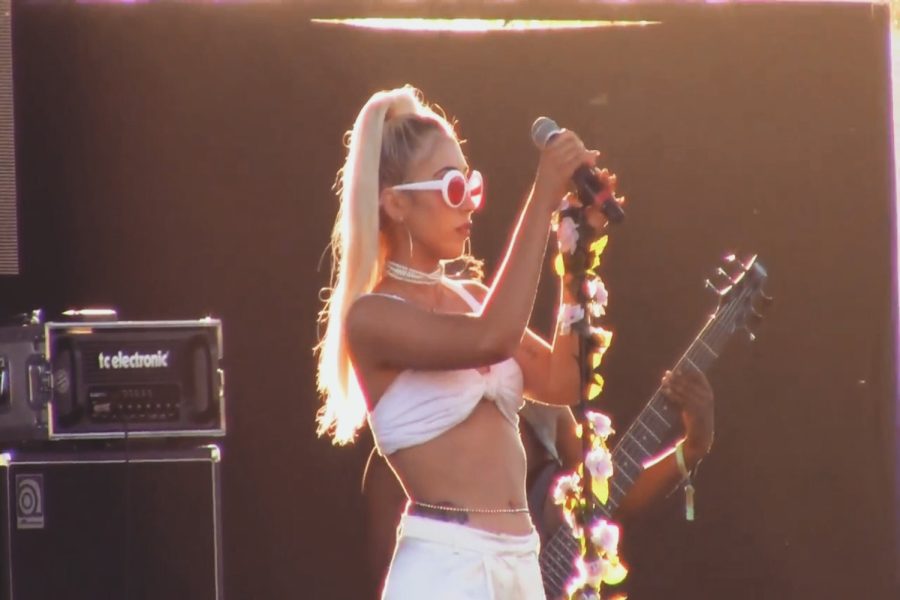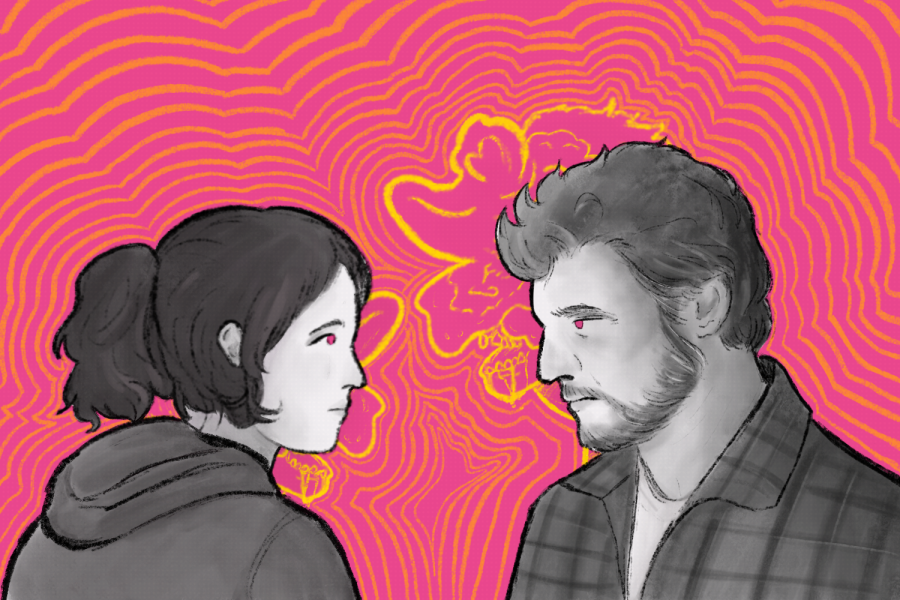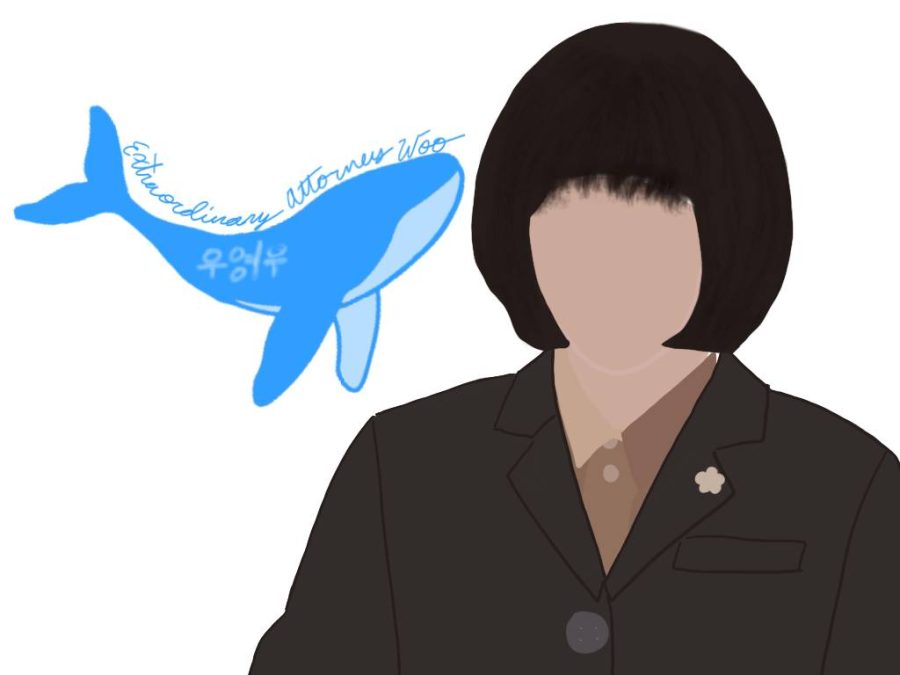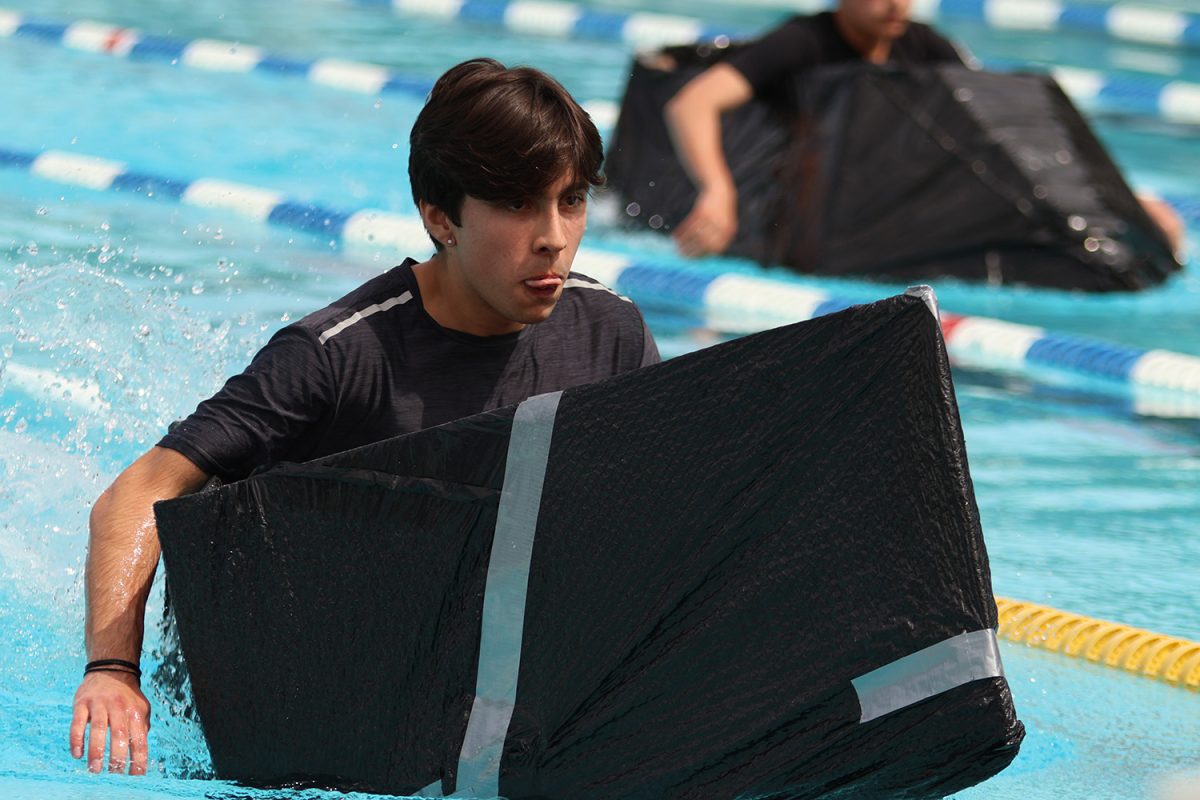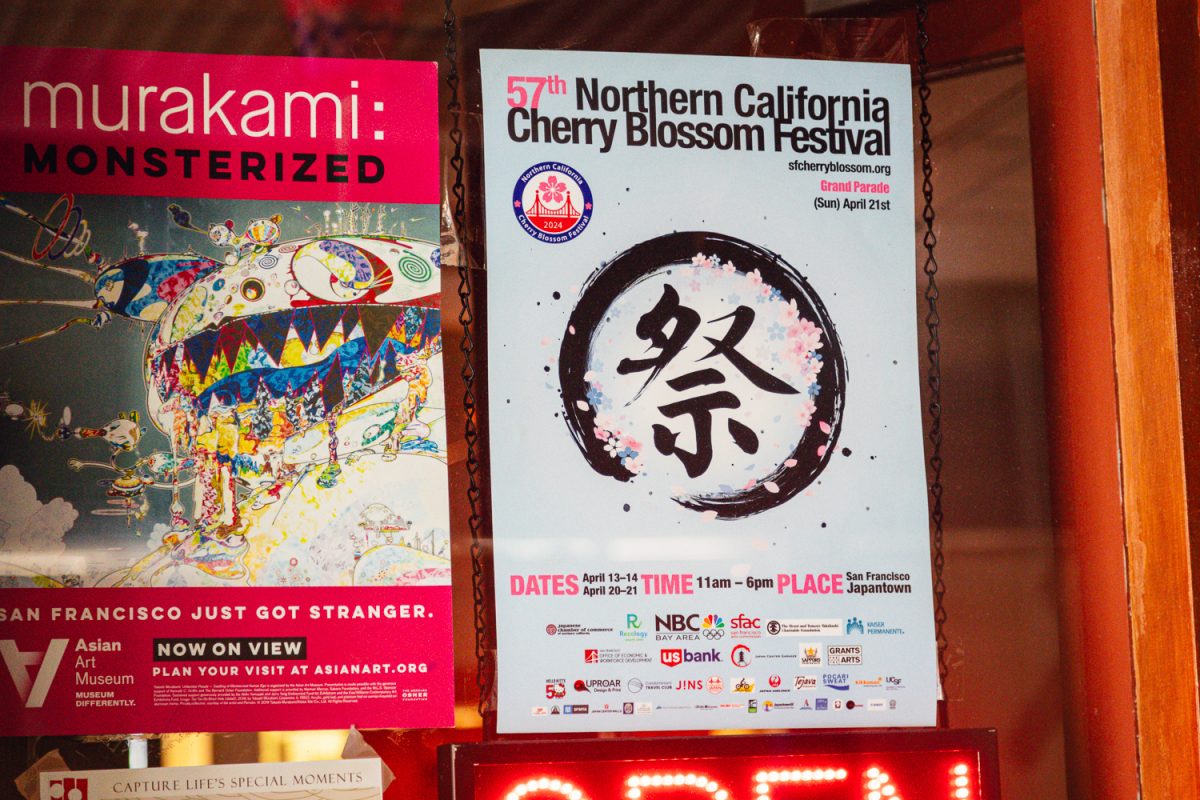Any nature documentary will have plenty of footage of animals going about their daily lives, but it takes a special series to deliver an impactful message alongside that footage.
Narrated by British broadcaster David Attenborough, the documentary creates a sense of nostalgia, calling back to his past projects like “Blue Planet” and “Planet Earth.” The camera crew traveled around the world to film wildlife, from penguins in South America to anglerfish at the bottom of the ocean.
As an eight-part series with each episode being around 50 minutes long, it’s not made for bingeing. Instead, viewers should space the episodes out, watching one or two a night, to fully appreciate the documentary.
The Netflix original brings viewers back again and again by successfully telling a story while simultaneously capturing the broader aspects of nature. For example, one of the episodes follows a mother polar bear and her cubs on the hunt for food.
The audience is drawn in by the personal story, and “Our Planet” capitalizes on their focus by expanding upon more significant topics like how climate change is destroying their environment. The average person wouldn’t be able to stay focused throughout if all the show did was discuss climate change, so by incorporating the stories of individual animals, it keeps viewers engaged.
Another aspect stressed by the series is that the world is much bigger than just the areas where humans reside. Through their footage in places with little to no human population, one can see how unique the world is. The shots include reefs in French Polynesia that have dozens of sharks circling peacefully and a lone albatross on a South American island, which are just a few examples of the diversity contained by Earth.
As expected from any nature documentary of this caliber, the footage is magnificent, with countless moments in which the viewer is left wondering how they were able to film it. The series took four years to film, with around 400,000 hours of footage. That totals to about 46 years worth of film if played from start to finish with no breaks.
The massive amount of effort that went into capturing these scenes can be seen in the Trailers & More section of Netflix, with a behind-the-scenes look at some of the most memorable shots.
“Our Planet” sets itself apart not just with its breathtaking cinematography, but also with an important statement about global warming and the dangers it poses to the incredible world that humans inhabit.
[star rating=”5″]

